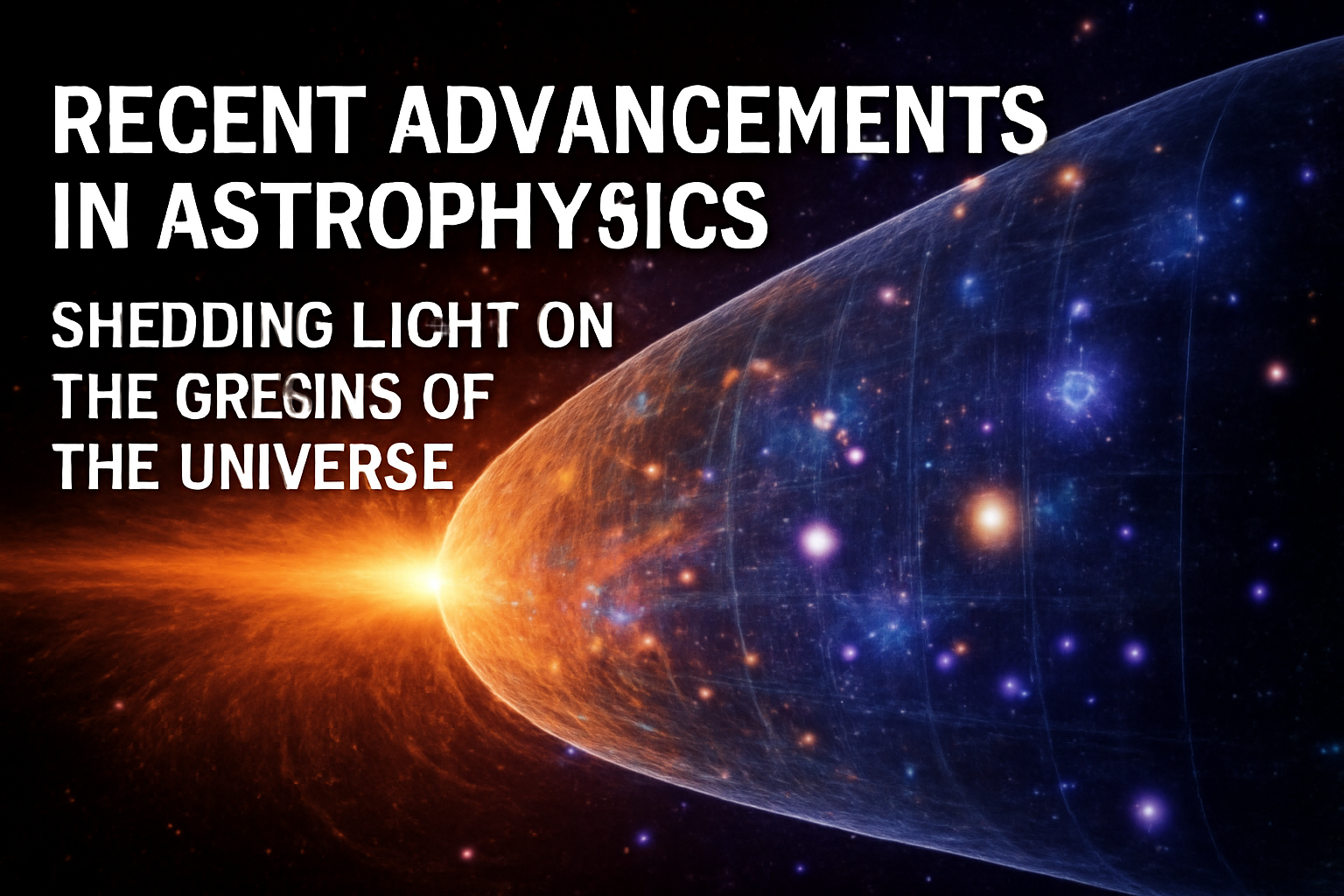Location
Mount Vernon, WA 98274
Location
Mount Vernon, WA 98274

Recent advancements in astrophysics have shed light on the enigmatic origins of our universe, revealing the complex processes that led to its formation. Researchers have made significant strides in understanding cosmic inflation and the fundamental forces at play, offering fresh insights into the universe's early moments.
The quest to understand the origins of the universe has captivated scientists and philosophers alike for centuries. Recent breakthroughs in astrophysics have propelled our understanding forward, bringing us closer to deciphering the intricate mechanisms that shaped the cosmos. With tools like the James Webb Space Telescope and advancements in particle physics, researchers are piecing together the puzzle of our universe’s beginnings.
One of the most significant theories in cosmology is the concept of cosmic inflation, which posits that the universe underwent an exponential expansion just moments after the Big Bang. This rapid expansion is believed to have smoothed out the universe, creating the uniformity we observe today. Recent data from various astronomical observatories has provided compelling evidence supporting this theory, suggesting that inflation was not just a fleeting moment but a critical phase that influenced the universe’s structure.
Furthermore, studies of the cosmic microwave background (CMB) radiation-an afterglow from the Big Bang-have revealed crucial information about the universe’s composition. The CMB holds clues about the density fluctuations that eventually led to the formation of galaxies and large-scale structures. The latest findings indicate that dark matter and dark energy play vital roles in the universe’s evolution, yet their exact nature remains one of science’s greatest mysteries.
Researchers are also delving into the behavior of fundamental particles, such as quarks and leptons, which are the building blocks of matter. Experiments conducted at particle accelerators, like the Large Hadron Collider, aim to uncover the interactions that occurred in the universe’s infancy. Understanding these interactions could provide insights into the unification of forces in the early universe and help explain why our universe is fundamentally different from others.
As we continue to explore the cosmos, the collaboration between astrophysicists, cosmologists, and particle physicists becomes increasingly crucial. By sharing data and refining theories collectively, the scientific community is poised to unlock further secrets of the universe. Each discovery not only deepens our understanding of the cosmos but also humbles us in the face of its vastness.
In conclusion, the journey to understand the origins of the universe is ongoing, marked by exciting discoveries and collaborative efforts. As technology advances and our knowledge expands, we inch closer to answering some of humanity’s most profound questions: How did everything begin? What lies beyond our observable universe? The answers may reshape our understanding of existence itself.